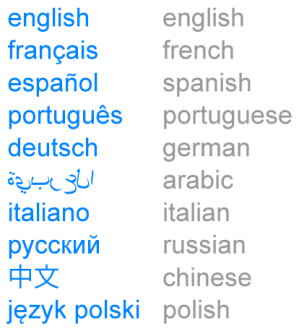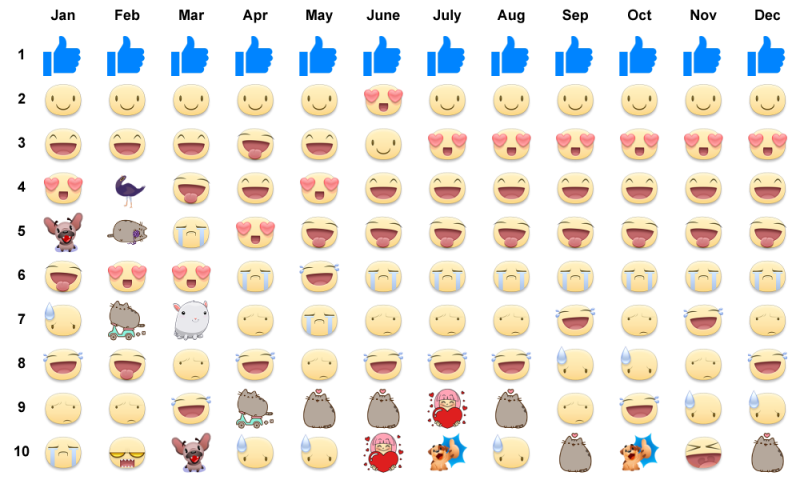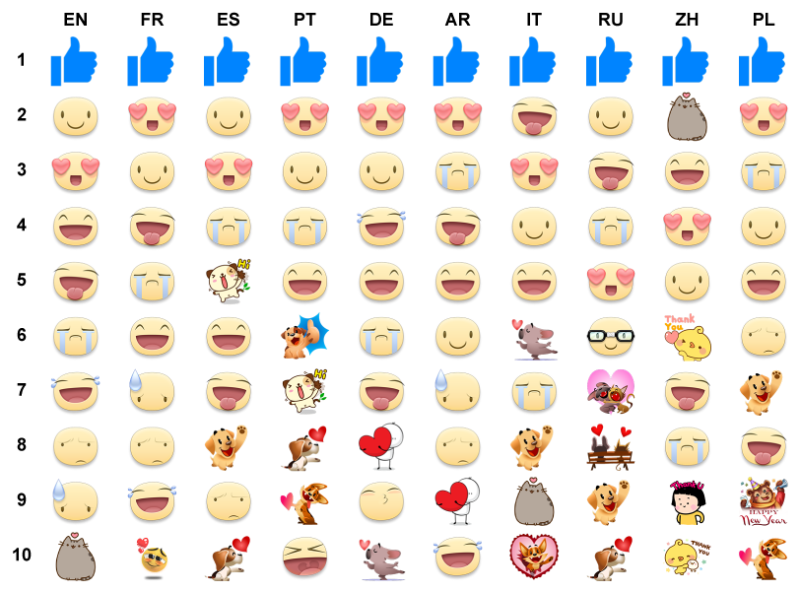Having processed more than 20 billion chat messages over the past year at Dashbot, my team decided to take a look at the top messages users send to Facebook chatbots. Here’s an overview of our findings.
Common openers and closers
“Hi” continues to be the top message sent to bots. It makes sense. Much like with traditional conversation, “hi,” “hello,” and “hey” are common conversation starters.
“Thanks” and “stop” continue to be in the top 10 inputs as well.
The beauty of conversational interfaces is that users will tell you what they want from your bot, and what they think of it afterward. Messages like “thanks” are indications of a positive experience with the bot. “Stop” is a reminder that as bot developers, we need to be mindful of our users’ preferences and be careful of the frequency of broadcast messaging.
June 5th: The AI Audit in NYC
Join us next week in NYC to engage with top executive leaders, delving into strategies for auditing AI models to ensure fairness, optimal performance, and ethical compliance across diverse organizations. Secure your attendance for this exclusive invite-only event.
As we mentioned in previous posts, it’s important to add support for “stop.” Honoring the user’s request can be the difference between retaining a user and earning a spot on their list of blocked accounts. For example, we have a customer who initially didn’t support any stop functionality. They paid to acquire users who eventually blocked them, and they would have to pay to reacquire them. Adding a mute functionality enabled them to retain the user and avoid this vicious cycle.

Bots are international
As we examined before, users aren’t just communicating in English — bot users are international. They’re not just saying hi and hello, but ciao, bonjour, 你好, and привет. And in addition to thanks, they say merci, gracias, and 謝謝.

The top ten most common languages sent to Facebook chatbots during December were English, French, Spanish, Portuguese, German, Arabic, Italian, Russian, Chinese, and Polish.
It’s important to look at your analytics and see where your users are coming from to get an idea of what languages they speak to provide a better user experience.

Say it with images
Users aren’t just communicating with words — they use stickers, emoticons, images, audio, video, and more. We took a look at the most common stickers Facebook bots received over the past year.
Thumbs up continues to be the most common sticker. Smiling faces, laughing, and love-struck eyes are quite common as well.
The stickers aren’t just images. They’re another way to communicate feelings and responses.
It’s important to monitor the types of stickers users are sending to bots and ideally add support to handle them. We had one customer whose bot broke whenever it received the thumbs up sticker. This was obviously an issue, since the thumbs up sticker is the most common sticker bots receive. Apparently, they weren’t expecting users to communicate in this way. They recognized this issue and added support for stickers to improve the overall user experience.

We also looked at the most common stickers based on users’ languages over the month of December.
The thumbs up is still the most common across languages. While the various smiling, laughing, and sad faces are also quite common, it’s interesting to see the other stickers like Pusheen cats, dogs, and other characters in this mix as well.

2018 promises to be another big year for chatbot innovation. It will be interesting to see how users interact with bots this year in comparison to last as users will inevitably become more accustomed to interacting with bots over time.
Arte Merritt is the CEO and cofounder of Dashbot, a bot analytics platform for Facebook, Alexa, Google Home, Slack, Twitter, Kik, and other conversational interfaces.


